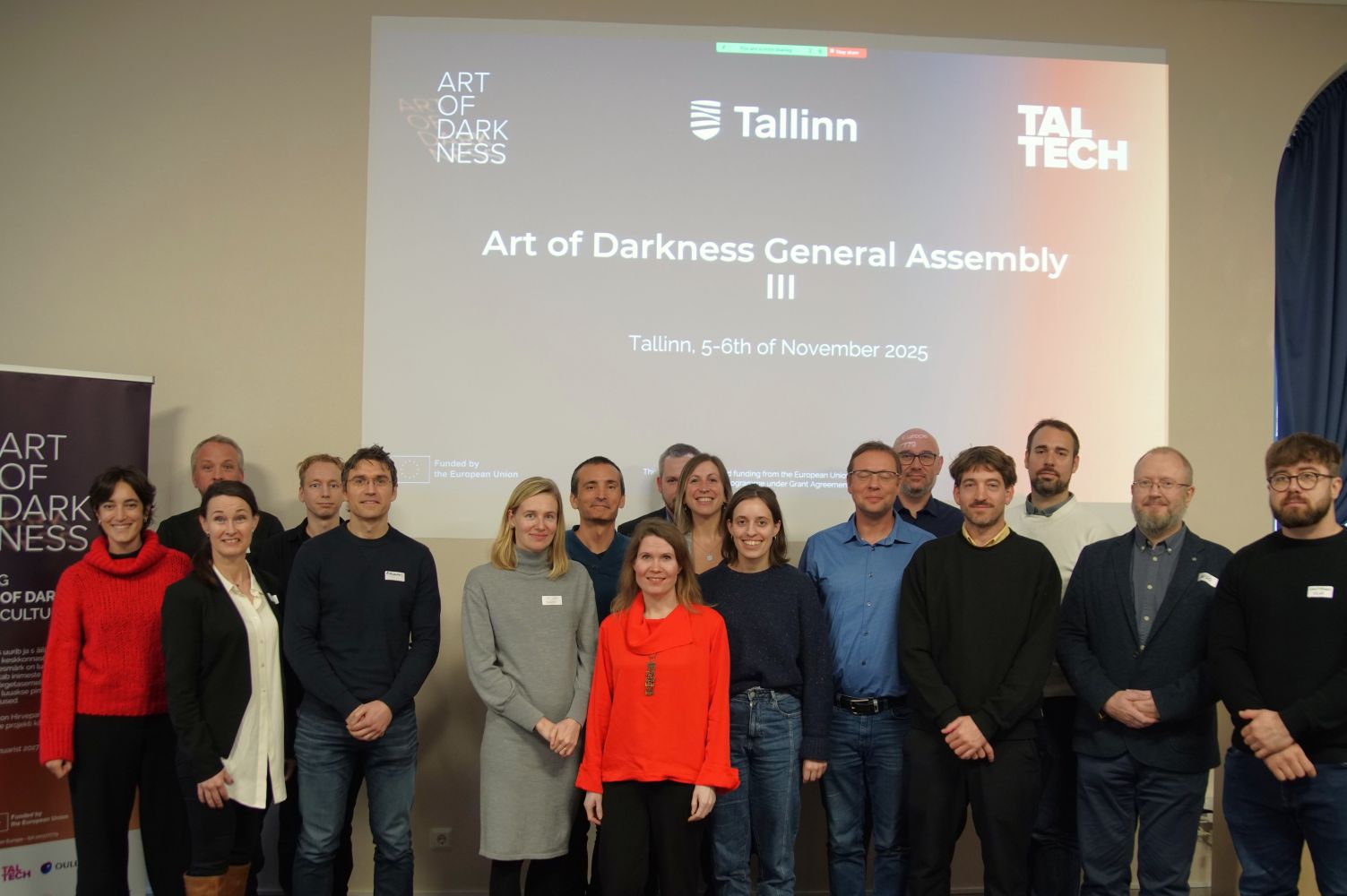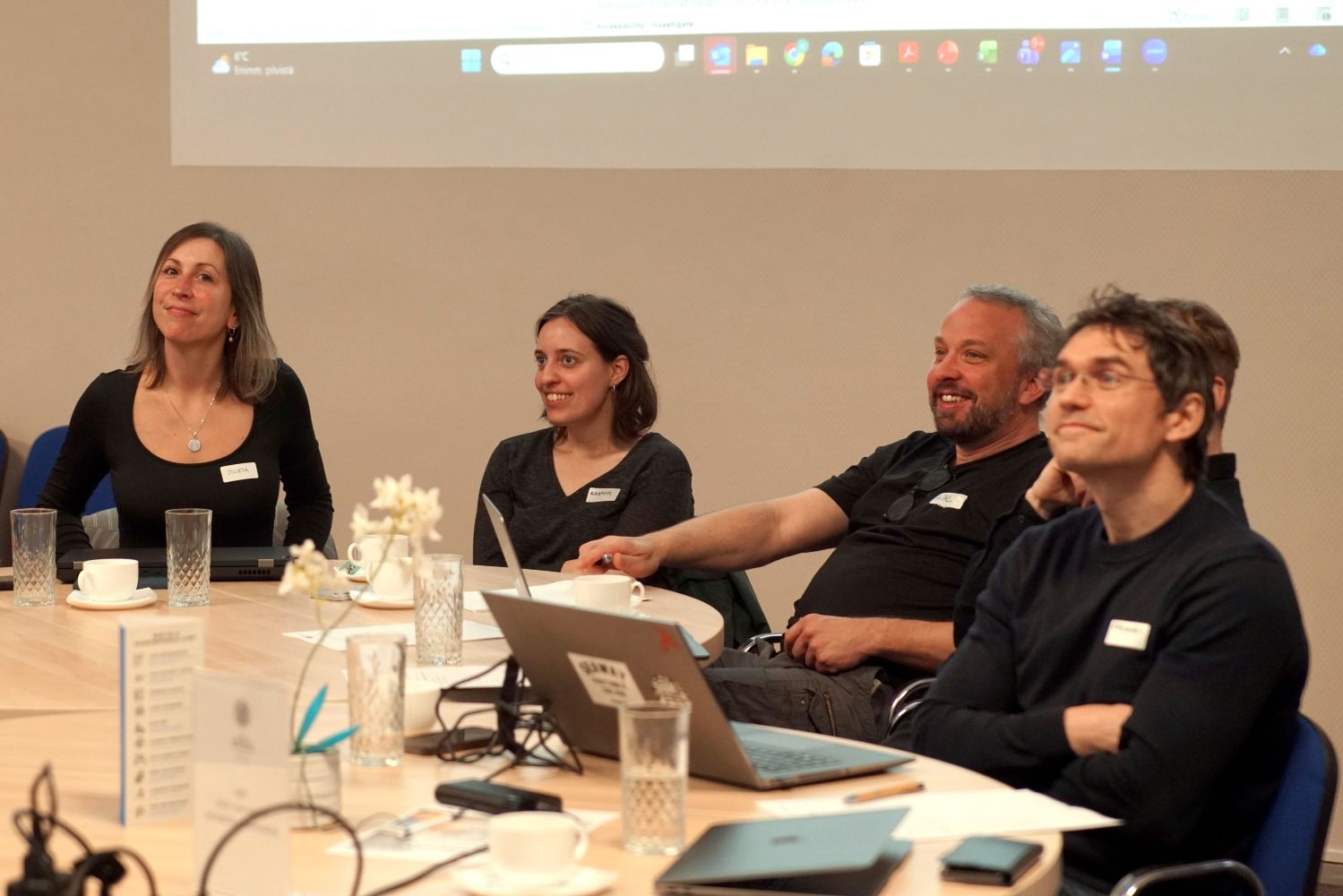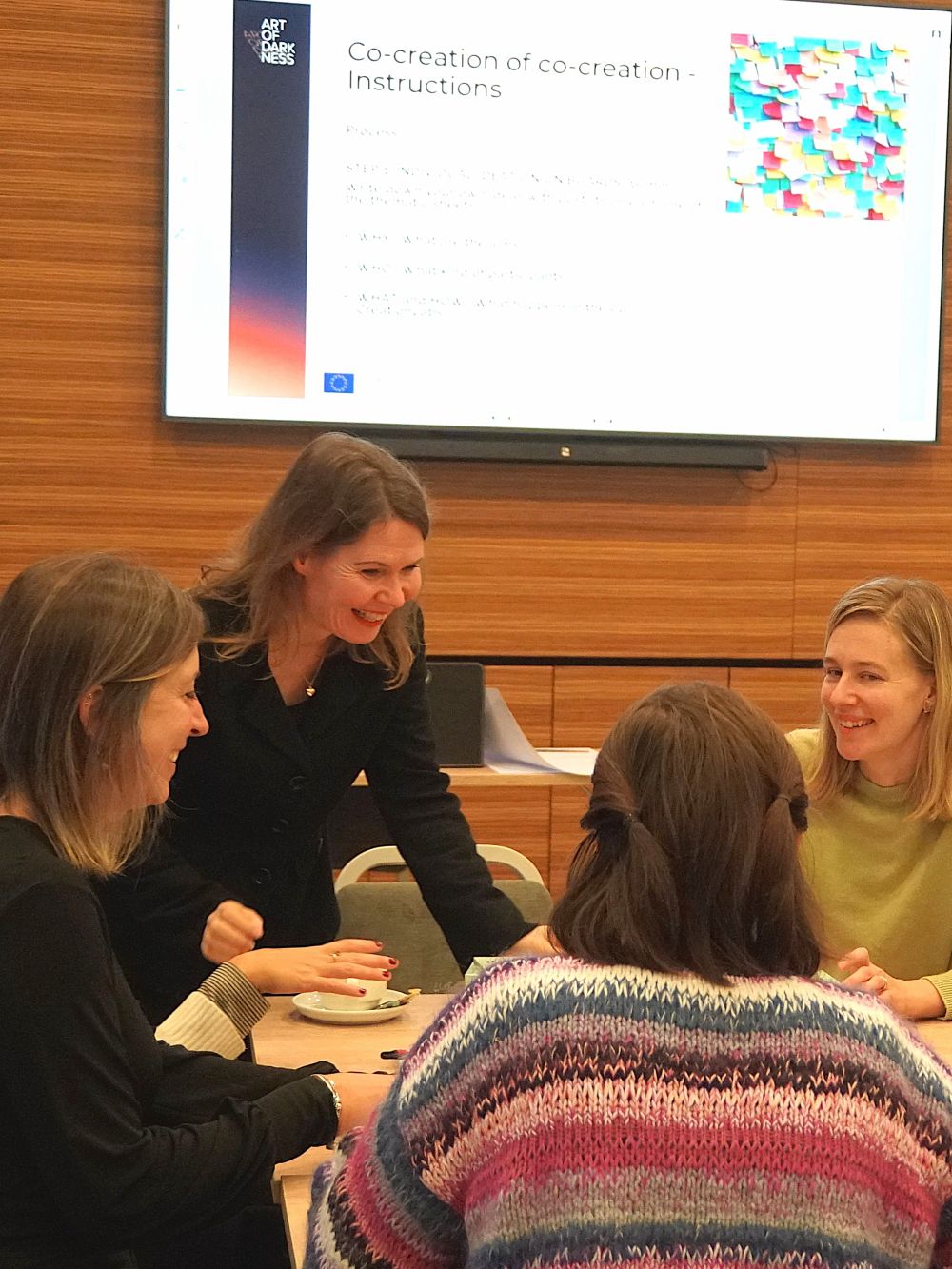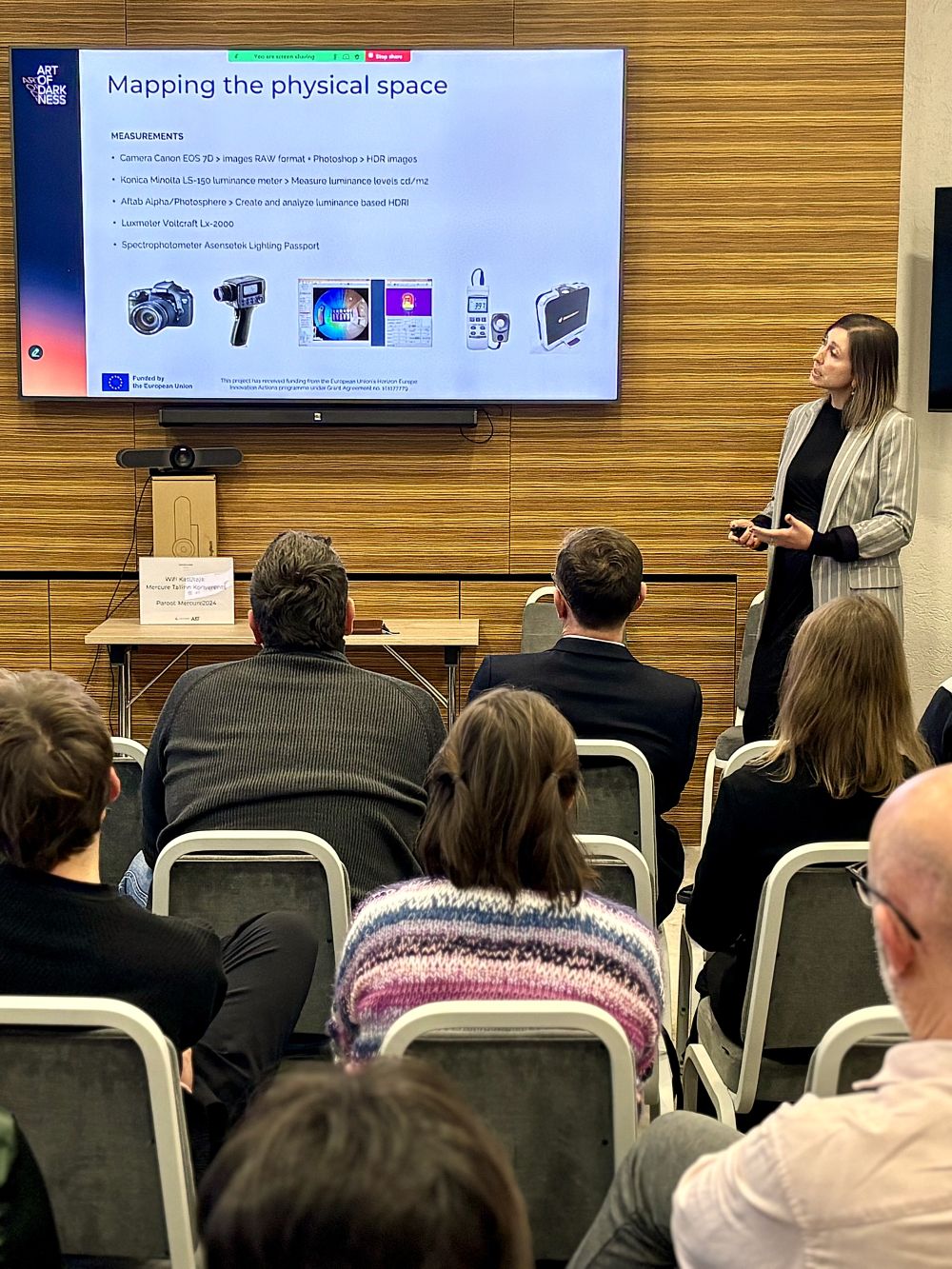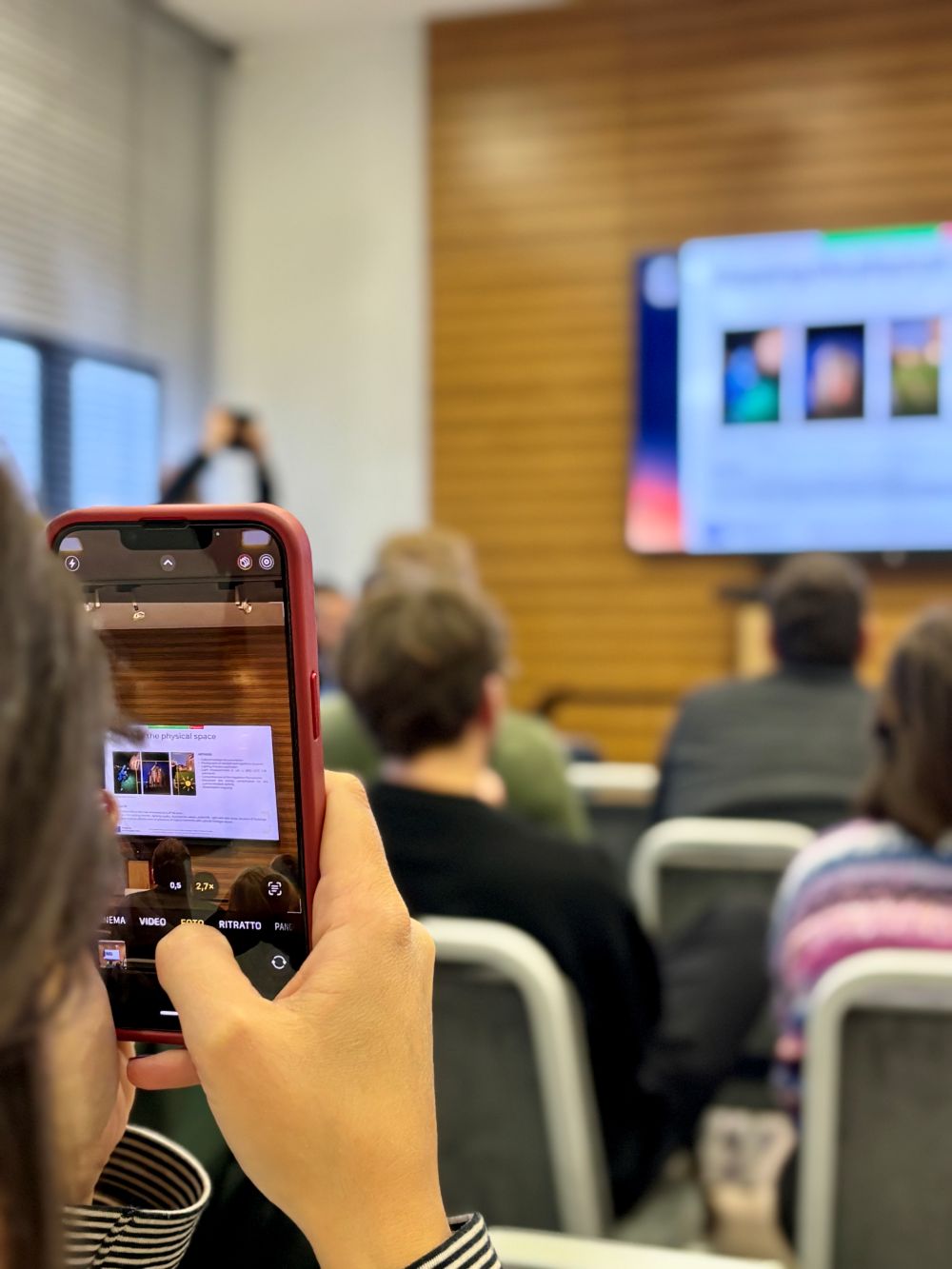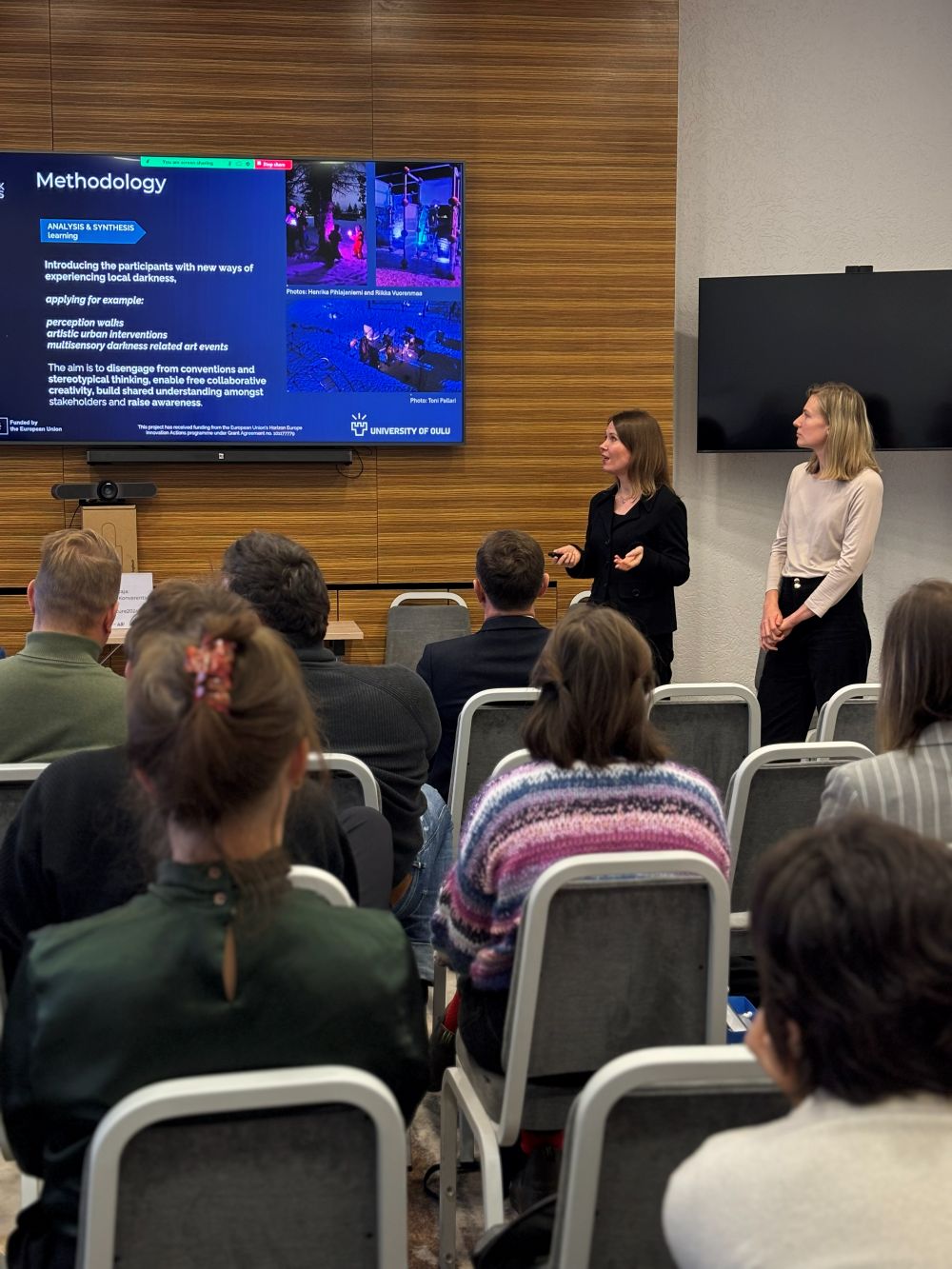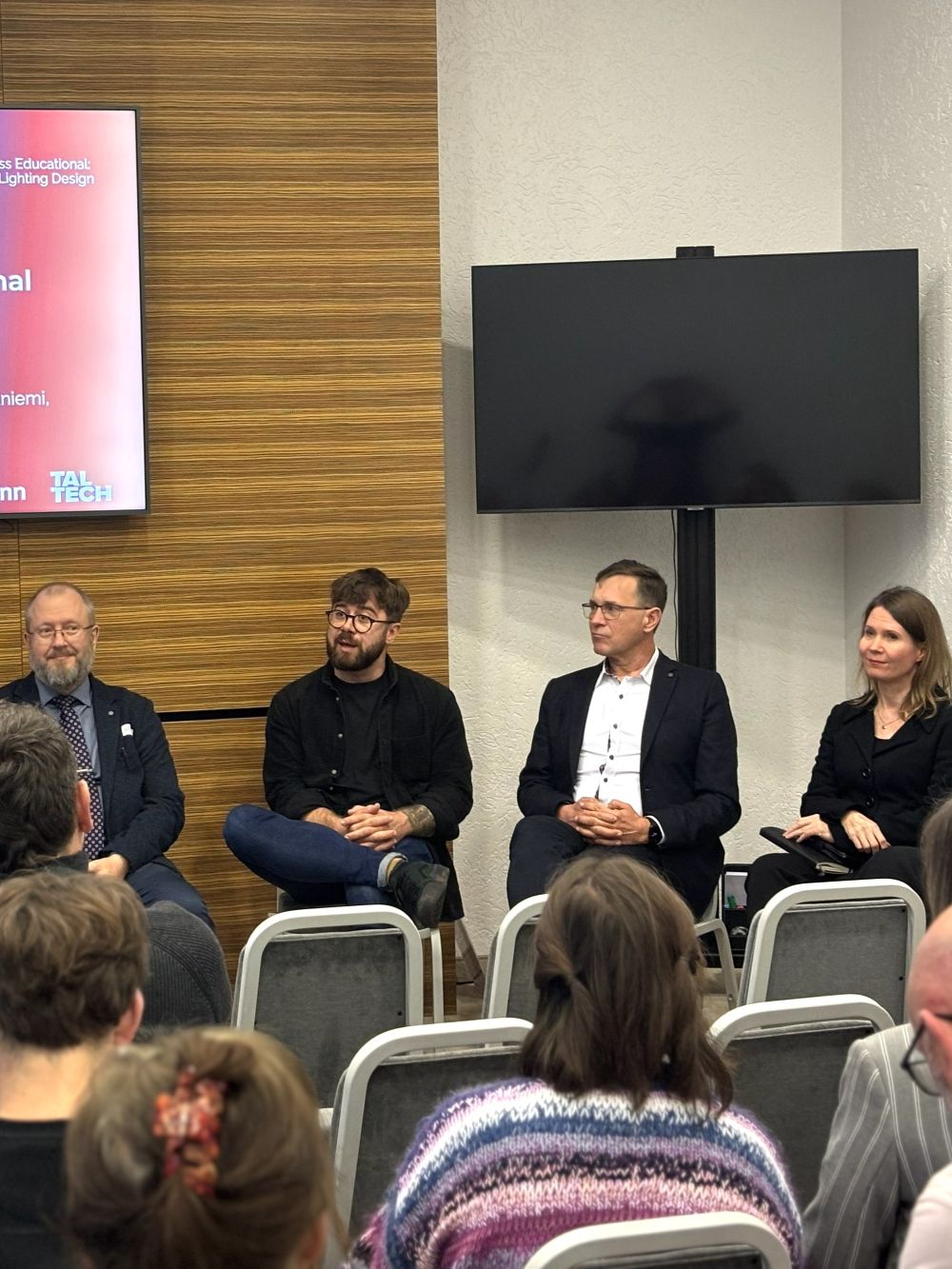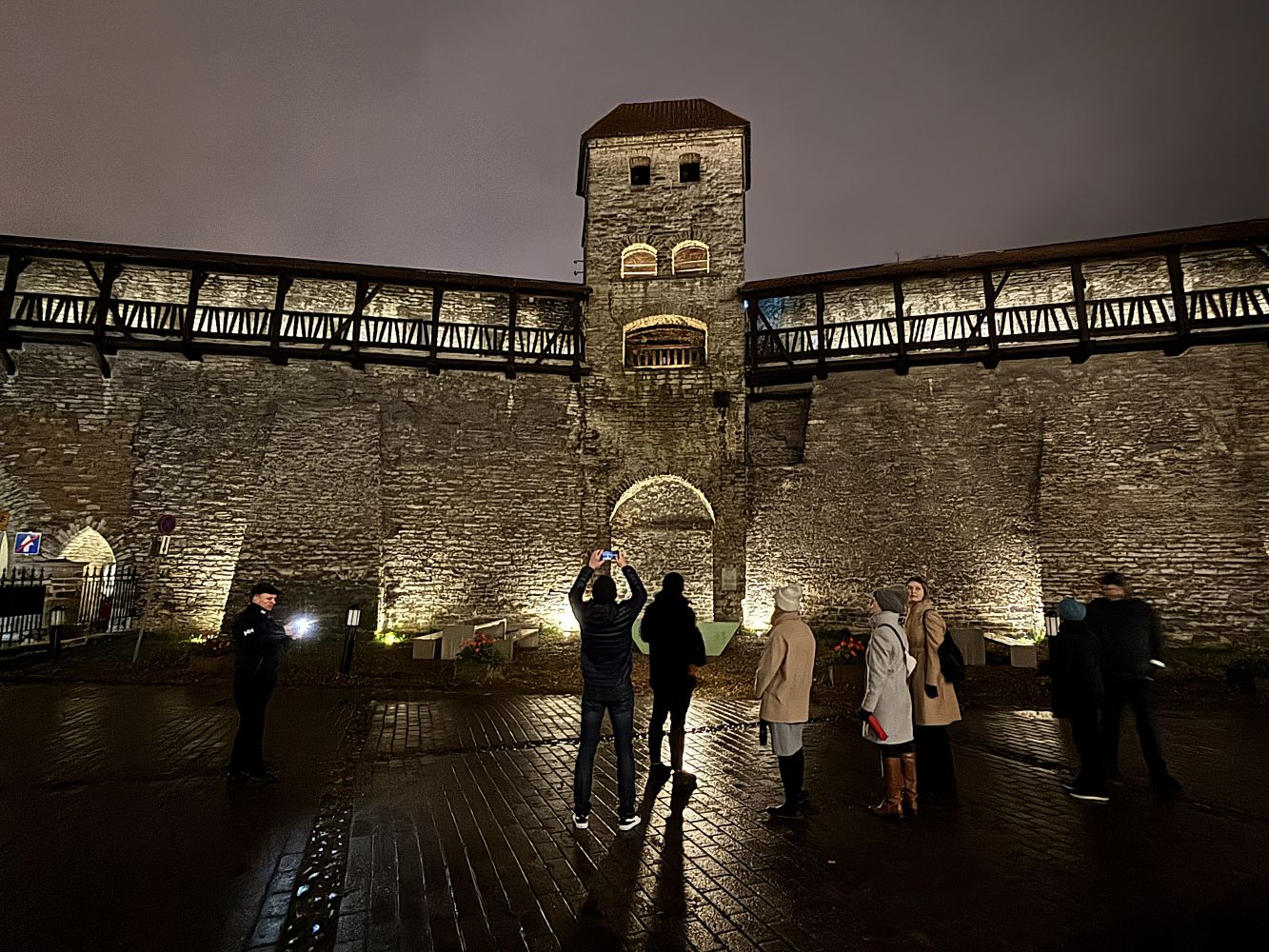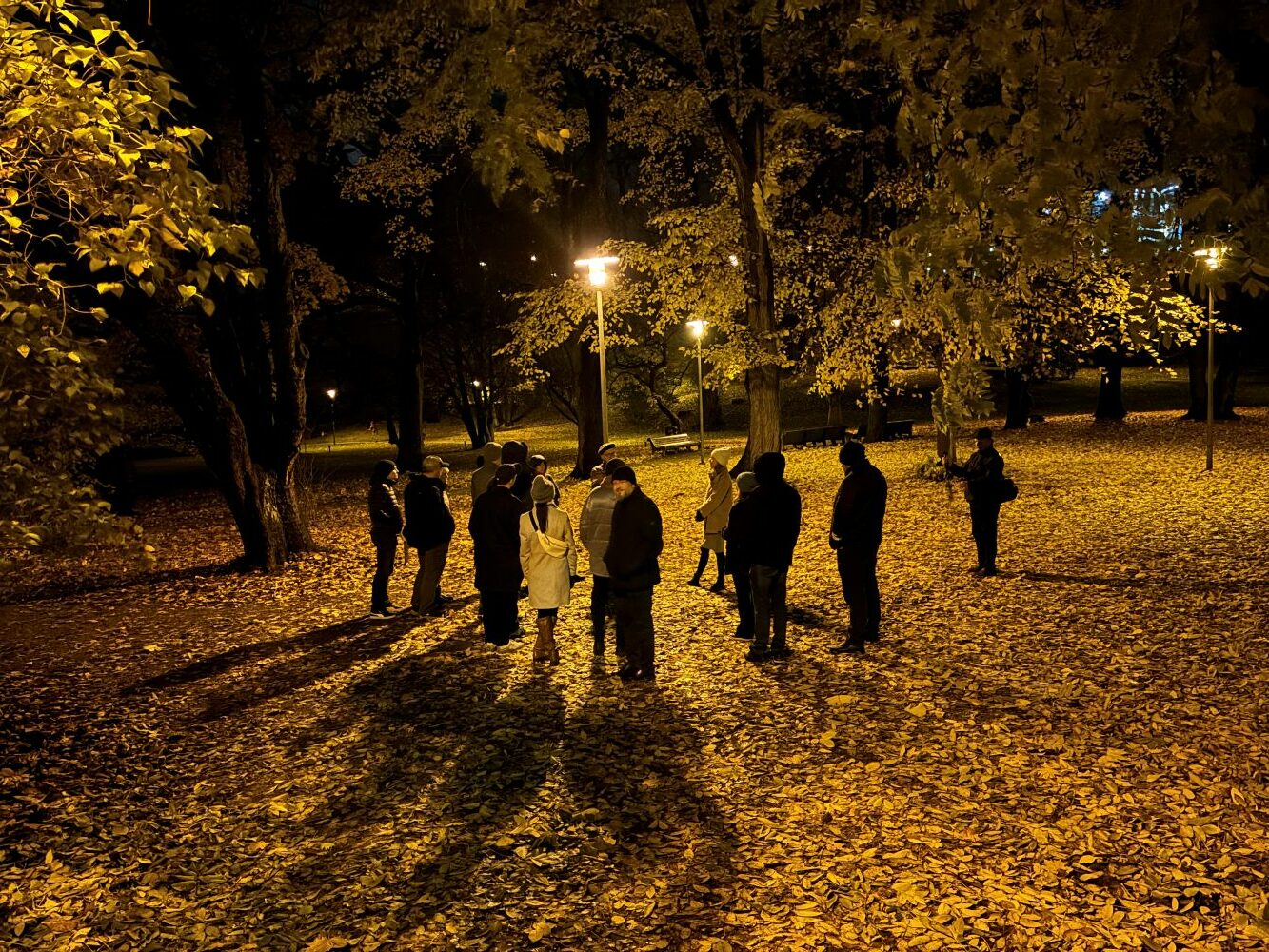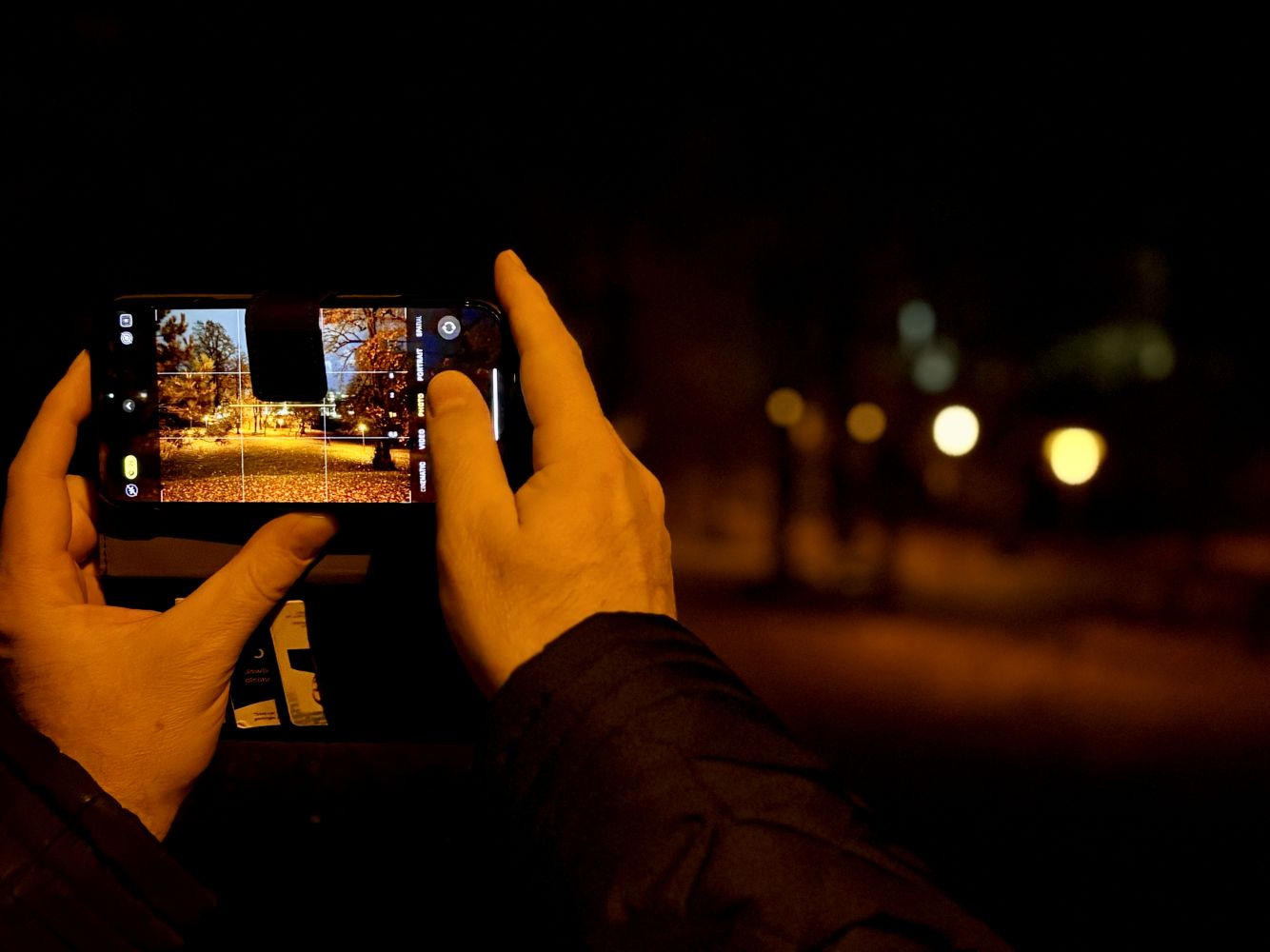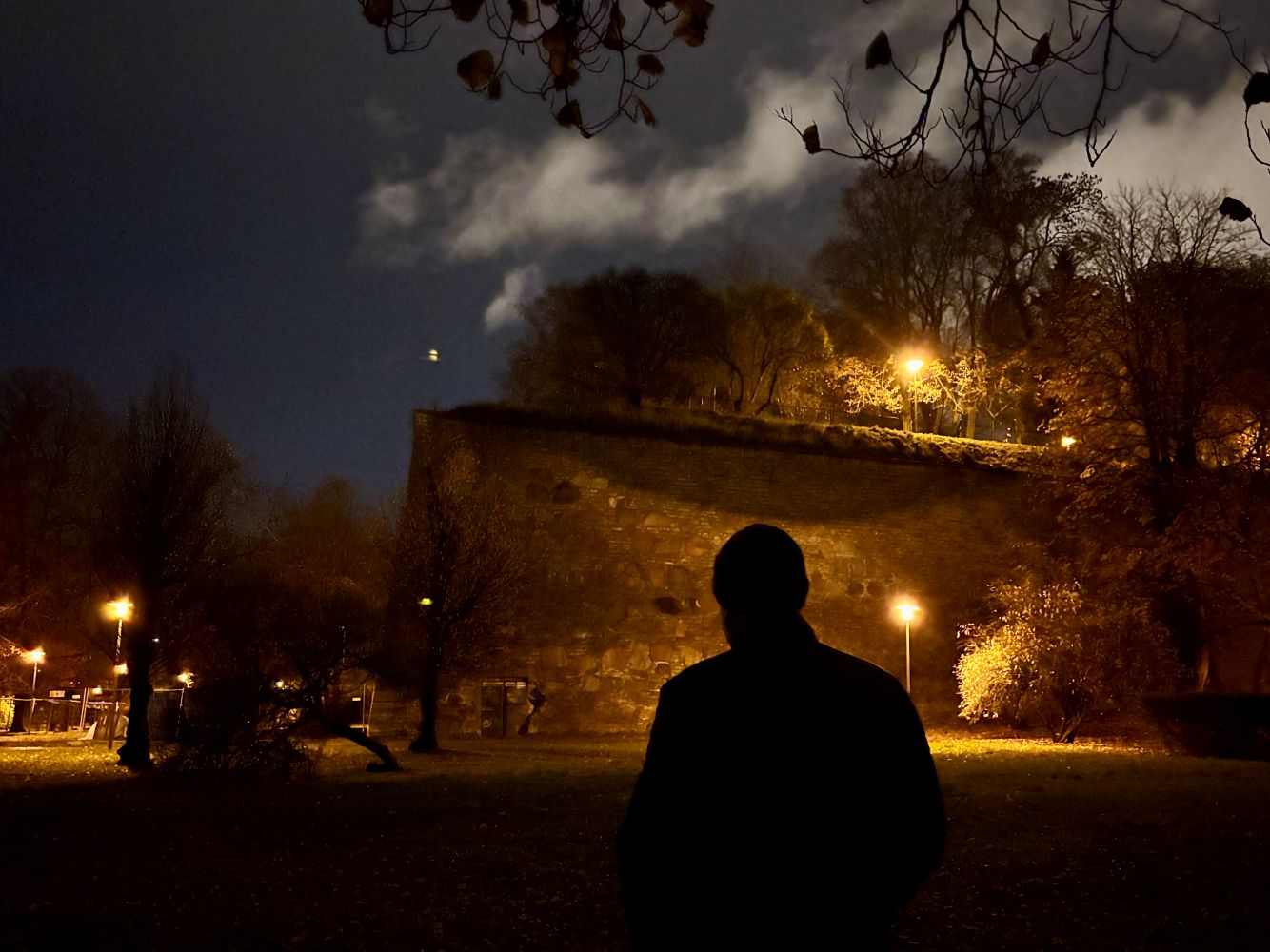The Art of Darkness partners convened in Tallinn, Estonia, for the project’s third General Assembly, marking a decisive shift from early strategic context mapping to the active co-design, production planning, and scaling of the project’s ambitious European pilot trials.
A foundation of progress
On the first day, participants met at the Estonian Chamber of Commerce and Industry for an in-depth review of the project’s progress.
The meeting opened with a warm welcome from Toomas Haidak, Deputy Head of Tallinn’s Urban Environment and Public Works Department, followed by a presentation on Tallinn’s lighting guidelines by city lighting project manager Joan-Tähven Vene.
Project coordinator Henrika Pihlajaniemi underlined that the initiative is broadly on track, with significant achievements already laid down in defining the strategic framework for the pilot sites in Oulu, Tallinn, Copenhagen, Bologna, and Montpellier.
Day-one focused on governing the project and, through presentations and discussions, covered context mapping, co-design foundations, production planning, evaluation strategies, and knowledge dissemination. It was also the first opportunity to gather advice from the members of the project’s External Expert Advisory Board (EEAB), namely regarding specific objectives for each pilot site and the long-term impact of the initiative.
A Focus on co-creation and education
The second day kicked-of with two co-creation labs.
A first session invited participants to brainstorm ideal lab scenarios, laying out the ‘why, who, what, and how’ of meaningful co-creation. A second session explored co-creation in education, laying the groundwork for international and local events aimed at lighting professionals and the cultural and creative industries.
In the afternoon, the General Assembly opened its doors to local stakeholders across Tallinn and Estonia for an educational programme titled Predesign Processes for Lighting Design:
- Montpellier presented the French city’s Lighting Masterplan, emphasising its five cornerstones — aesthetic, security, environmental, economic, and social — and highlighting a nuanced “lighting where needed, how needed, when needed” approach.
- Aalborg University’s Lighting Design Lab shared context-mapping methodologies, combining physical data (light measurements, energy use) with experiential insights (walking interviews, expert interviews, GIS crowdsourcing, scenographic analysis).
- The Eindhoven University of Technology unpacked evaluation methods, pointing out the limits of self-reported data and cautioning against simplistic assumptions like “more light = more safety”, while advocating for performance-based metrics.
- TalTech detailed how photometric measurements — from surface illuminance to spectral composition — feed into design strategies by anchoring decisions in solid data.
- The City of Tallinn and the University of Oulu explained the project’s co-design workflow was used in Tallinn’s Hirvepark: generation of local knowledge, analysis & synthesis, and projection & ideation. They recounted how a previous GIS walk and a “Guerrilla Lighting” experiment (held in September) educated students, involved the public, and sparked genuine interest in light art.
The day concluded with a rich panel discussion on “How has the predesign process affected the final result of lighting installation?”, moderated by Tarmo Korõtko (TalTech). Panelists included Joan-Tähven Vene (City of Tallinn), Henrika Pihlajaniemi (project coordinator, University of Oulu), Argo Rosin (TalTech), Alar Võrk (Lumoflex), and Mariliis Kundla (Aether Lighting Design). They explored how predesign work — from context mapping to co-creation to photometric measurements — can materially influence final lighting solutions and align them with both scientific rigor and community needs.
The panel ended with an informal networking session, that was also an opportunity to further promote the project’s ongoing Open Call, open until 15 December 2025, inviting cities across Europe to join as Followers or Replicators.
Experiencing light and darkness in Tallinn
An integral part of the General Assembly was the opportunity to explore Tallinn’s unique nightscape through two guided night visits.
A guided tour in the Old Town allowed participants to observe first-hand a selection of lighting projects in the historic centre of the Estonian capital, while a visit to Hirvepark introduced them to the history and context of Tallinn’s pilot site. The 3.6-hectare public park, designated as a nature conservation area since 1956 and central to the Old Town heritage zone, offered a concrete sense of the challenges and opportunities shaping the upcoming installation. This visit concluded with a behind-the-scenes look at the hidden stories of Tallinn’s Bastion Passages.
As the General Assembly wrapped up, partners left Tallinn with a reinforced shared vision and a clearer roadmap toward implementation. With analysis now giving way to hands-on production and replication planning, the next phase — delivering concrete lighting interventions across five European cities — moves into full focus for 2026.
Photos: © Toivo Varjas and Rodrigo Barbosa
